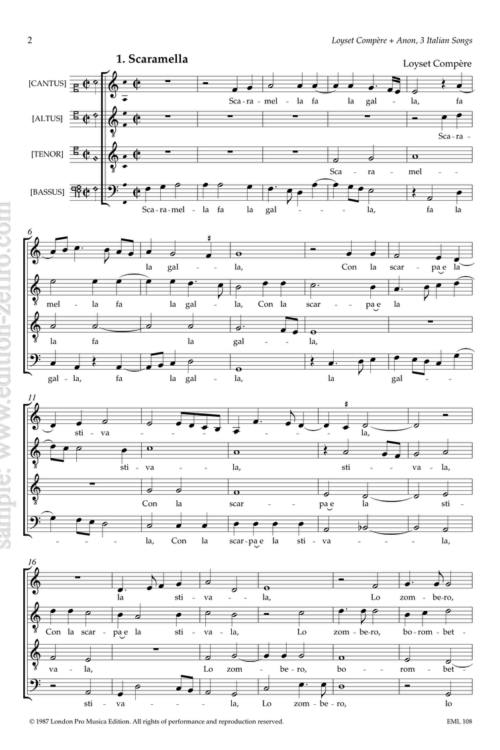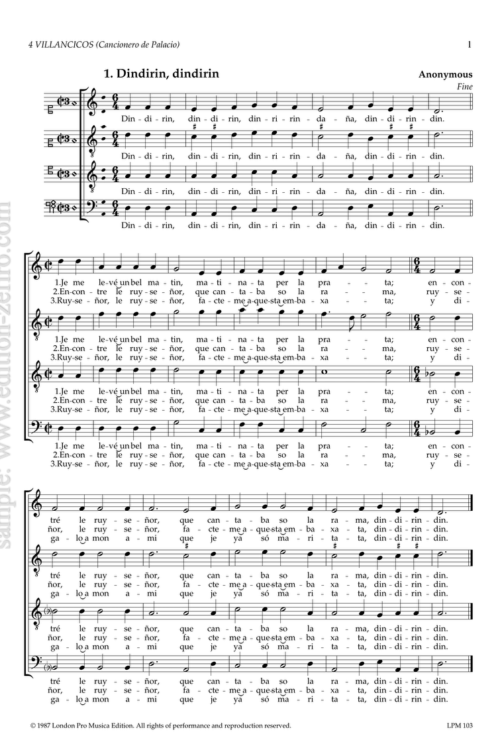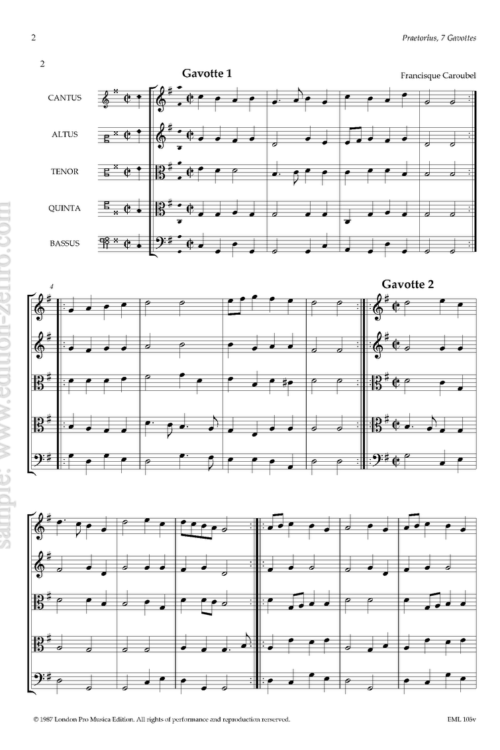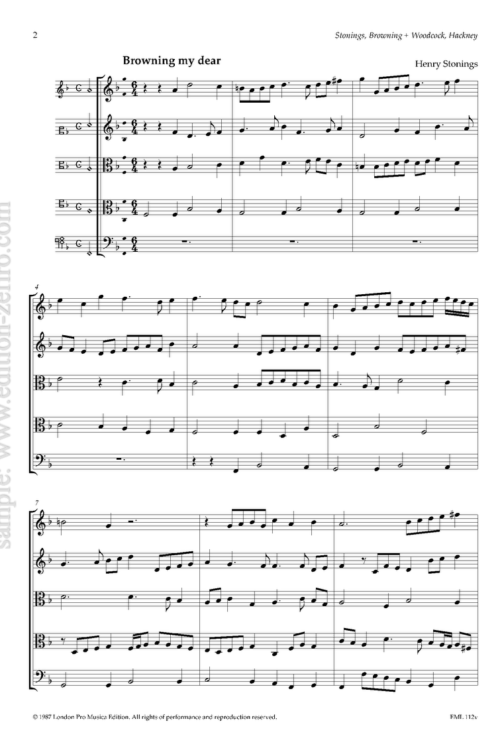Erasmus Widmann lived and worked in southern Germany all his life. But he was clearly aware of current Italian music, as we can see in these canzonas.
The twelve pieces in this volume are taken from the following collection:-
Gantz Neue Intraden, Balletten und Couranten, so zuvor nie in Truck aussgangen
ohne Text
auff allerley Musicalischen Instrumenten, sonderlich auff Violen, füglich und lieblich zugebrauchen mit 5 und 4 stimmen componiert durch Erasmus Widmannum Halensem… Gedruckt unnd verlegt in Nürmberg
durch Abraham Wagenmann MDCXVIII
Widmann’s pieces, in common with those of many German musicians of his time, seem to be heavily influenced by Italian music of twenty or so years back from the publication of his collection. He shows no knowledge of the Italian avant-garde of his own day, for instance of the solo sonatas of Cima, which appeared in 1610, or even of the late works of Giovanni Gabrieli, who died in 1612. Indeed if we compare his intradas with those of Alexander Orologio, whose collection of 1597 contains the earliest surviving examples of the form, it is hard to detect any real stylistic advance, except that Widmann’s seem to be written with string instruments in mind, Orologio’s with wind. Some of widmann’s canzonas, notably no 3 in the present collection, resemble in many respects the earliest pieces of Giovanni Gabrieli and of other north Italian composers active around 1590.






